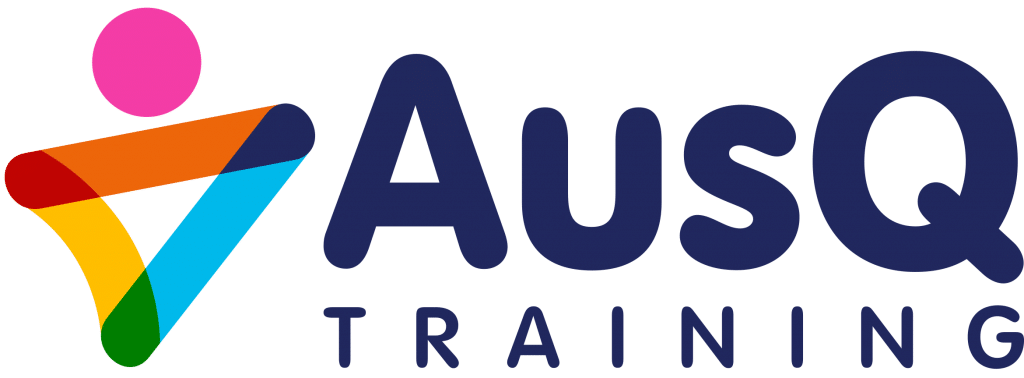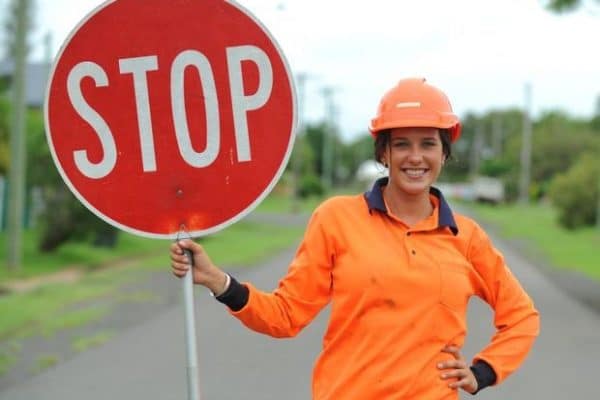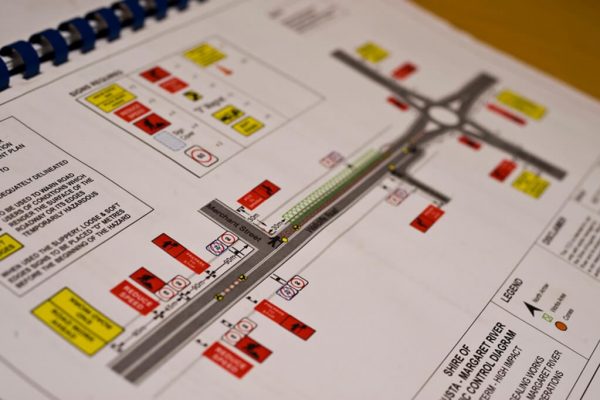The heavy vehicle supply chain plays an important role in supporting safe, reliable road transport for all road users. For at least the last two decades the people and businesses that make up the heavy vehicle supply chain have had specific legislative obligations. These obligations are commonly referred to as the Chain of Responsibility (CoR).
What’s new?
On 1 October 2018, Chain of Responsibility laws were amended to align more closely with workplace health and safety provisions. This means that all parties in the heavy vehicle supply chain must reduce risks related to the safety of transport tasks. Previously, parties in the chain were usually held responsible only once a breach by a driver had been detected. Although the laws have changed, they still only apply to activities that a person or business has responsibility for and could influence. In other words, no one will be liable for breaches they cannot control.
Am I part of the heavy vehicle supply chain?
Any time you or your business sends or receives goods using a heavy vehicle with a gross vehicle mass of more than 4.5 tonnes, you become part of the supply chain. You therefore have a shared safety management responsibility to prevent breaches of the law. A person may be a party in the supply chain in more than one way and legal liability can apply to their actions, inactions and demands. Some roles that can influence heavy vehicle safety include loading manager, consignee, operator, consignor, scheduler, packer, loader, employer, executive officer and prime contractor
Read more and download Chain of Responsibility Information Flyer here.
Where can I get more information?
For information and tools to help you understand your responsibilities as a heavy vehicle owner or operator in the Chain of Responsibility visit www.nhvr.gov.au/cor
Resources include:
• information sheets outlining the specific roles and responsibilities of each party in the chain
• podcasts and videos to help you understand your obligations
• a checklist for the tasks you undertake in your role
• a Gap Assessment Tool so you can examine your business practices and systems controls against known risks and best practice.
For information and tools to help you develop a Safety Management System for your business, visit www.nhvr.gov.au/sms



